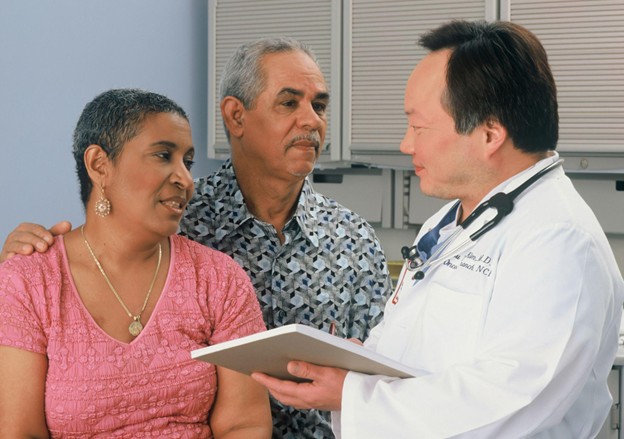
Going to the toilet is a basic human need. However, there’s no denying that public restrooms are a breeding ground for bacteria and other germs. They can also contribute to the spread of infections if administrative authorities and people are not cautious.
Public authorities are trying to reduce infection rates by maintaining cleanliness and hygiene standards. However, some fixes are temporary, like switching off air dryers to avoid depositing germs onto hands or tapping off alternate urinals or sinks to encourage physical distancing. That said, what can we do realistically to minimize exposure to infections and germs when we want to relieve ourselves in public toilets? The following tips will decrease your chance of contracting covid-19 and other deadly diseases that you’re likely to encounter in public restrooms.
Don’t touch surfaces directly
Using a public toilet requires contact with many germ-ridden surfaces, from toilet paper to stall doors to faucets to door handles. To ensure that you don’t pick up any bacteria or viral infections, always carry tissue papers and wet wipes in your bag or a sanitizer in your pocket. Doing so will allow you to clean your hands and objects before touching any dirty surface directly. When it comes to flushing your pee or poo, try using your foot instead of your hand. If that’s not possible, NEVER push or pull with your bare hands. Doing such a thing will allow you to stay away from potentially deadly infections such as E.Coli or noroviruses.
Furthermore, you can educate yourself about other public health risks and preventative interventions. Technology has made it extremely easy to enroll in and acquire a masters public health online alongside other personal and professional commitments. Diversifying your know-how can also open up lucrative career opportunities if you’re looking to make a switch.
Practice physical distancing in the restroom
Public health officials recommend a six feet distance to prevent contagious infections from one person to another. While this may not be possible in a public toilet, it is still best to maintain some distance than none at all. Try to stay at least a few feet away from other people, whether it means you have to skip one urinal or stall or keep a face mask to avoid breathing in germs and bacteria.
If the public toilet isn’t big or contains just a couple of stalls, ensure that you are the only person occupying the restroom. You can lock the restroom entrance to prevent other people from entering.
Get in and get out as quickly as you can
The longer you stay inside a public toilet, the higher your chances are of encountering bacteria and viruses. However, this doesn’t mean going about your business quickly and not washing your hands and using the dryer. These two steps are incredibly vital for staying infection-free.
That said, hanging around while you wait for others to do their business should be a big no-no. Avoid fixing your hair or touching up your makeup while you wait for your friends to get done with their dirty business.
Avoid using your phone
Everybody knows it is hard to resist. However, using your mobile phone while you are inside a public toilet is like intentionally inviting trouble. Your mobile is already a germ magnet. Taking it out inside a public restroom will lead to germs and bacteria depositing on its surface. These germs and bacteria can then get inside your nose or mouth when using your device throughout the day.
So, it is a wise decision to keep your smartphone in your pocket or purse, or better yet, leave it with a friend and ask them to wait outside while you do your business.
Sanitize and then sanitize some more
A hand sanitizer is your best friend when using a public toilet. Even after washing your hands under the faucet, bacteria will be left behind on your hands. Consider applying a generous layer of hand sanitizer and rubbing your hands for a few seconds.
To ensure that there aren’t any remaining bacterial remnants, douse your hands with hand sanitizer again for double the effect. If you’re always on the run and use the public toilet more often, it is wise to keep a small bottle of hand sanitizer inside your purse or pocket to stay protected at all times.
Wash your hands the right way
There is no doubt that washing your hands is the first thing you need to do after using the toilet, be it a public restroom or inside your home. Wash them with warm water and soap for at least twenty seconds to remove any harmful bacteria and infections. If there is no soap, use hand sanitizers as mentioned previously. It might not be as effective as soap, but it is still better than not washing your hands at all.
Unfortunately, only 31 percent of men and 65 percent of women wash their hands after going to the bathroom. Try to be someone in such a category and especially during the Covid-19 pandemic, where you can harm others by carrying the virus wherever you go.
Conclusion
Public toilets, in the future, will most probably contain permanent additions such as touchless stall doors, towel dispensers, flushing. However, until that isn’t the case, try to avoid visiting public toilets when the Covid-19 pandemic wreaks havoc worldwide. Follow the tips mentioned above if you want to remain infection-free and avoid carrying infections from a public restroom.






